#marine gastropod mollusk
Explore tagged Tumblr posts
Text

sea angel
#sea angel#sea slug#Gymnosomata#mollusks#deep sea#my art#digital art#marine biology#plankton#gastropods#ocean
2K notes
·
View notes
Text

Some representative marine gastropods.
From Storer, Usinger, Stebbins, and Nybakken (1972) General Zoology (5th Ed.).
353 notes
·
View notes
Text
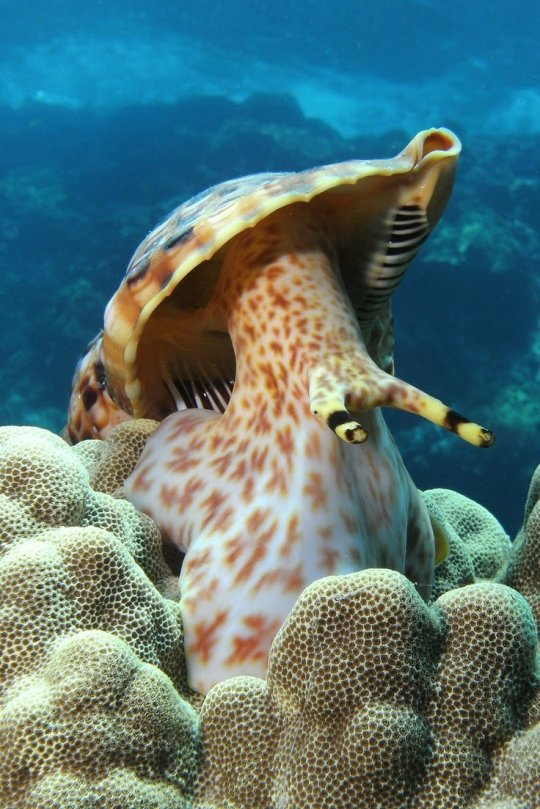
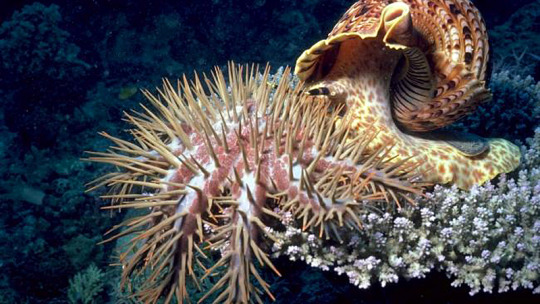
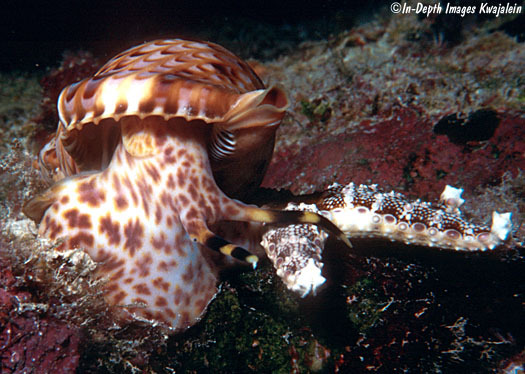

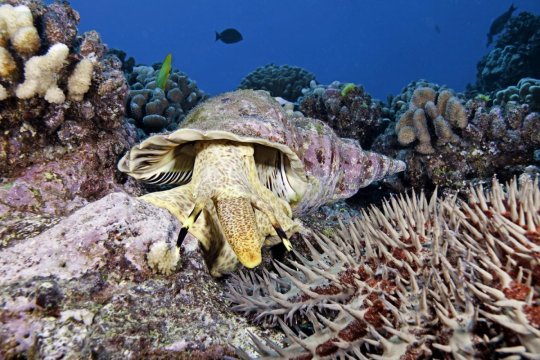

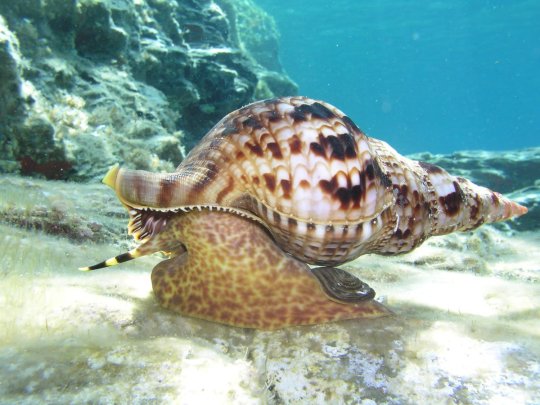




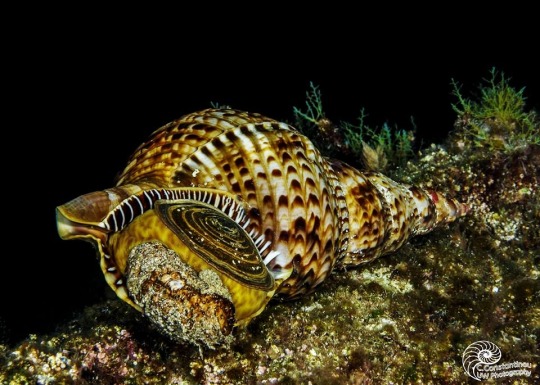
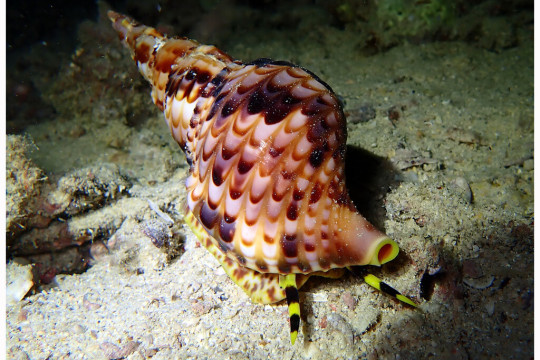

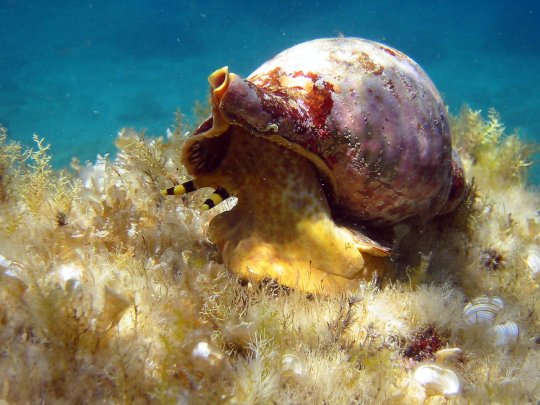

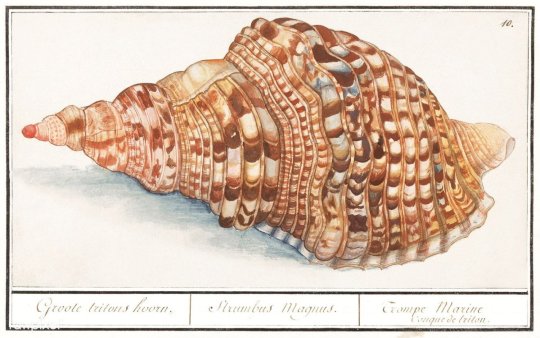
Рог тритона , или харония тритон , или тритонов рог— брюхоногий моллюск из рода Charonia . В древнегреческой мифологии существует легенда, что Зевс наградил Пана рогом Тритона, который издавал громкие звуки, служа сигнальной трубой.
Раковина Тритониса одна из самых больших ракушек в мире - ее длина до 45 см. Имеет башневидную форму, с крупным последним оборотом и стройной заострённой вер��иной. Общая окраска раковины харонии— бежевая, с множеством С-образных пятен и линий коричневого цвета. Спиральные бороздки оранжевые, зародышевая раковина фиолетовая. Окраска ноги моллюска ярко-жёлтая с широкими поперечными черными полосами.
Тритонов рог обитает на глубине 5—30 м. Населяет коралловые рифы и мелководья. Этот брюхоногий моллюск хищник. Питается в основном морской звездой «терновый венец», морскими ежами, гребешками. Слюнные железы моллюска вырабатывают секрет, содержащий 3—4 % свободной серной кислоты, а также аспарагиновую кислоту, приводящую иглокожих в состояние оцепенения.
Распространена харония тритон в Тропическом Индо-Тихоокеанском районе - от Филиппинских островов до Окинавы. На островах Океании раковины этого моллюска применяли в качестве музыкального инструмента — трубы. Островитяне высверливали отверстие в верхних оборотах завитка, что позволяло получать звуки различных тональностей и исполнять мелодии.
Triton's horn, or Charonia triton, or Triton's horn is a gastropod mollusk of the genus Charonia. In ancient Greek mythology, there is a legend that Zeus awarded Pan with Triton's horn, which made loud sounds, serving as a signal trumpet.
Triton's shell is one of the largest shells in the world - its length is up to 45 cm. It has a tower-shaped shape, with a large last whorl and a slender pointed apex. The general color of the Charonia shell is beige, with many C-shaped spots and lines of brown color. Spiral grooves are orange, the embryonic shell is purple. The color of the mollusk's foot is bright yellow with wide transverse black stripes.
Triton's horn lives at a depth of 5-30 m. It inhabits coral reefs and shallow waters. This gastropod is a predator. It feeds mainly on the crown-of-thorns starfish, sea urchins, and scallops. The salivary glands of the mollusk produce a secretion containing 3-4% free sulfuric acid, as well as aspartic acid, which causes echinoderms to become stupefied.
The triton charonia is widespread in the tropical Indo-Pacific region - from the Philippines to Okinawa. On the islands of Oceania, the shells of this mollusk were used as a musical instrument - a pipe. The islanders drilled a hole in the upper turns of the curl, which allowed them to produce sounds of various tonalities and perform melodies.
Источник: //www.youtube.com/watch?v=lV1D_QmbehA&ab_ channel =JamesKregness, //dzen.ru/a/X5nMW5A3CFgh7EpC, /animals.pibig.info/37363-haronija-triton.html,//i-prize.ru /products / charonia-tritonis,/seaforum.aqualogo.ru/topic/54178-улитка-рог-тритона-charonia-tritonis/,http://www.underwaterkwaj.com /shell/ triton/Charonia-tritonis.htm.
#fauna#video#animal video#marine life#marine biology#nature#aquatic animals#sea creatures#gastropod mollusk#Charonia triton#Triton's shell#starfish#ocean#benthic#coral reefs#seaweed#beautiful#animal photography#nature aesthetic#видео#фауна#природнаякрасота#природа#океан#бентосные#брюхоногий моллюск#харония тритон#коралловый риф#водоросли#морская звезда
189 notes
·
View notes
Text

Caldukia
“Caldukia rubiginosa, a proctonotid nudibranch. Porirua, New Zealand.” - via Wikimedia Commons
#wikipedia#wikipedia pictures#animals#nature#wikimedia commons#Caldukia rubiginosa#c. rubiginosa#sea slug#molluska#gastropoda#heterobranchia#euthyneura#nudipleura#nudibranchia#nudibranch#dexiarchia#cladobranchia#proctonotidae#caldukia#marine life#marine animals#marine aesthetic#gastropods#mollusk#ocean aesthetic#oceancore#ocean life#ocean animals#sea life#marine biology
202 notes
·
View notes
Text

Flamingo tongue shell on a sea fan By: Christopher Newbert From: Natural History Magazine 1985
#marine snail#snail#gastropod#mollusk#sea fan#coral#cnidarian#invertebrate#1985#1980s#Christopher Newbert#Natural History Magazine
130 notes
·
View notes
Text
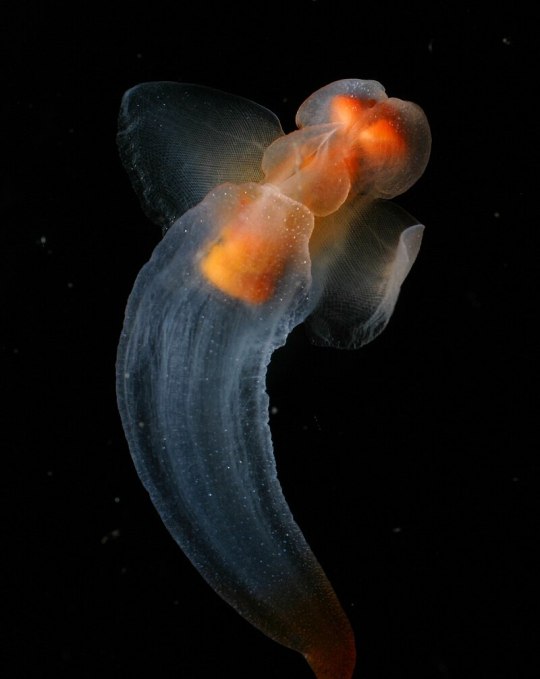

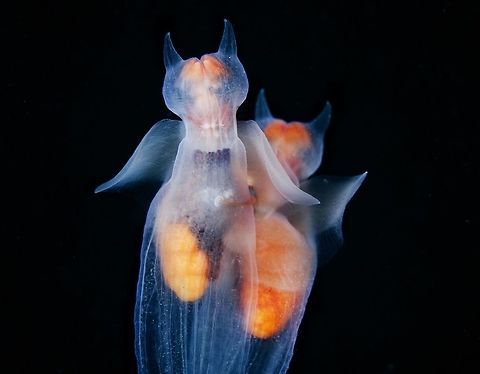
Settle in with a Sea Angel
Better known as the naked sea butterfly or the common clione, Clione limacina is a species of pelagic sea slug (aka sea angels or gimnosomates) found throughout the open water of the north Atlantic, north Pacific and Arctic Oceans. They reside in both the epipelagic and mesopelagic regions, from the surface to depths of over 500 m (1,600 ft). As extremophiles, they can withstand extremely cold temperatures of −0.5 to 3°C (32°F to 37°F).
The common clione is named for its wing-like fins, which propel it through the water. The body is otherwise quite simple in design, and completely transluscent save for the organs, which are a vibrant orange. C. limacina is also notable for being the largest sea angel; the northernmost populations can reach 7–8.5 cm (2.8–3.3 in) in length.
Though they look beautiful the naked sea butterfly is actually a voracious predator. They primary prey are tiny, shelled sea butterflies. When it encounters a target, the sea angel's 'head' opens and it extracts the butterfly from its shell using a set of tentacles and chitinous hooks. When it cannot find sea butterflies, C. limacina will also consume small amphipods copepods. However, they can also survive up to a year without food of any kind. In turn, common cliones are also prey for a variety of marine life including fish such as chum salmon, and baleen whales.
Though little is known about the reproductive habits of C. limacina, research suggests that they are simultaneous hermaphrodites; individuals contain the sex organs for both males and females. They mating peaks during the spring and summer, and lay about 30-40 eggs afterwards. The larvae stay in the top 200 m (650 ft) of the water column to feed on phytoplankton until they reach maturity. It is generally thought that they can live to be about two years old in the wild.
Conservation status: Clione limacina has not been evaluated by the IUCN; however, like most sea slugs, they have a large population and are not considered to be endangered. However, they may be threatened by the rising temperatures in their natural habitat.
Photos
Kevin Raskoff
Richard Satterlie
Andrey Narchuk
#naked sea butterfly#Pteropoda#Clionidae#sea angels#pelagic sea slugs#gastropods#mollusks#invertebrates#marine fauna#marine invertebrates#pelagic fauna#pelagic invertebrates#Atlantic Ocean#Pacific Ocean#Arctic Ocean
141 notes
·
View notes
Text
Behold, for there are Sea Butterfly’s afoot 🌊 🦋 🐌
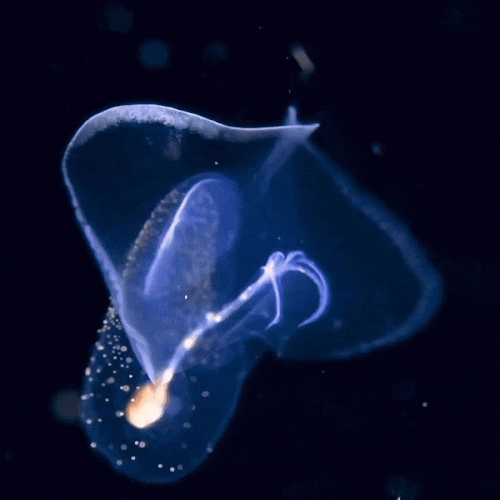

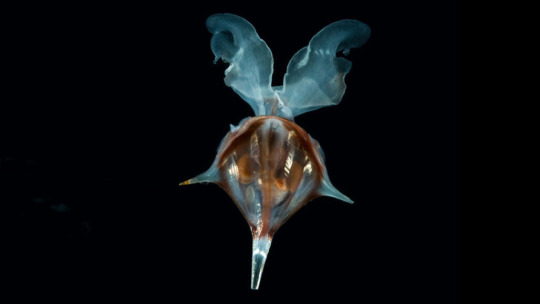

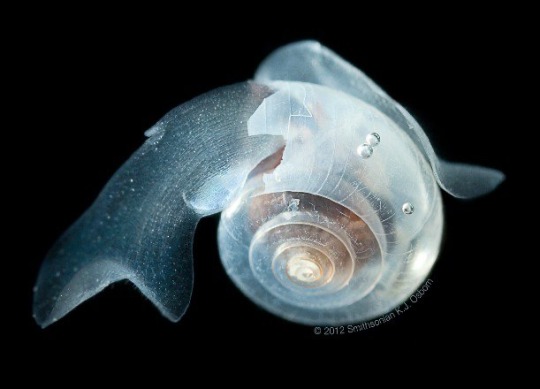



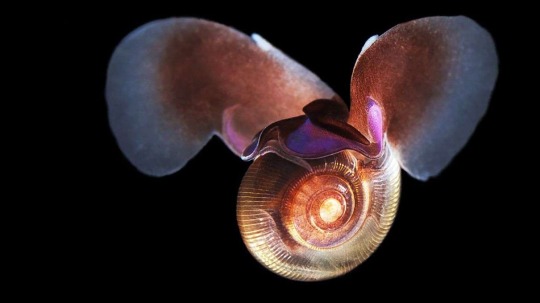
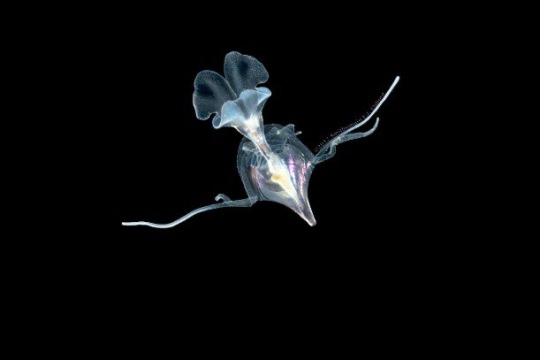
📷 source: X
#ocean#marine biology#sea life#marine science#biology#ocean life#there are many benefits to being a marine biologist#sea animals#marine life#marine creatures#fish#oceanposting#fishposting#underwater#aquatic life#ocean animals#sea creatures#sea critters#gastropods#mollusks#sea butterfly#gastropoda#molluscs#mollusca#ocean creatures#deep sea#oceanography#love to sea it#supernatural#scifi
1K notes
·
View notes
Text

By Daniel Neal from Sacramento, CA, US - Queen Conch (Strombus gigas), CC BY 2.0
#queen conch#conch#sea snail#snail#gastropod#mollusk#mollusc#this was the thing i kept labeling “snale”#wet [critter creature or beast] wednesday#examining this image very closely to determine whether it's underwater and therefore qualifies for wet ccb wednesday#they're marine animals though so probably? and it looks like a little algae is on top of the shell#wednesday poll
49 notes
·
View notes
Text
Appreciation for critters that look like they're from a spec evo project:

















#animals#zoology#keeperposting#marine biology#vertebrates#tetrapods#fish#mammals#ungulates#marsupials#ruminants#birds#bovidae#cervidae#chameleon#brookesia#anatidae#anseriformes#comb duck#ctenophore#venus girdle#comb jelly#mollusk#gastropods#sea slug#sea angel#amphibians#frogs#ranidae#indian bullfrog
48 notes
·
View notes
Text
🤍💕 Dirona albolineata 💕🤍

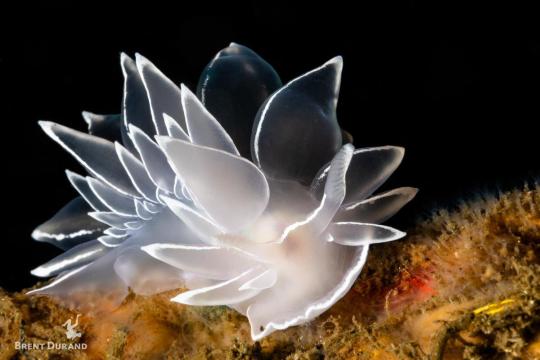
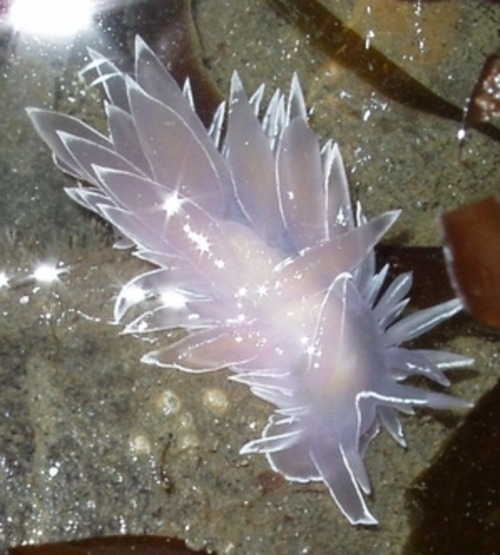



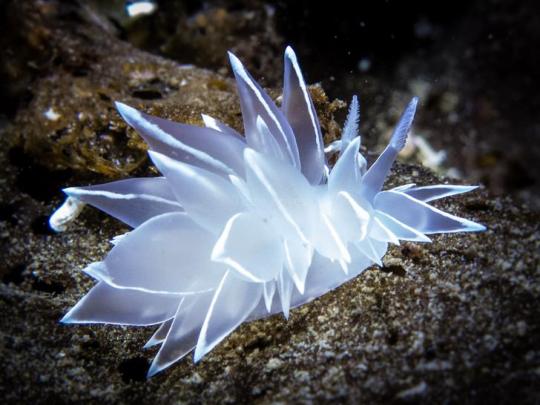
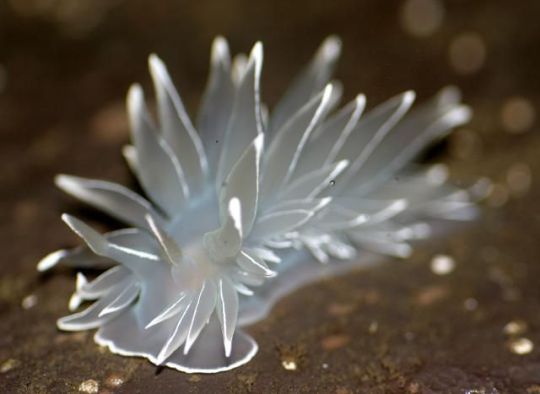
#The prettiest nudibranch <3#sea slugs#nudibranch#white-lined Dirona#Dirona albolineata#alabaster nudibranch#sea slug#marine life#THE MANY BENEFITS TO BEING A MARINE BIOLOGIST#gastropods#mollusk#molluscs#creature#invertebrates#pretty#animals#nature#ocean life#Pictures are not mine they are from google images#Unfortunately I could not say exactly who first uploaded them to the internet
349 notes
·
View notes
Text

thinking about also starting up some Mollusk Monday
Common Periwinkle water snail! :>
#traditional art#goblincore#goblins#goblinfables#watercolor#goblin#watercolour#snail#snails#mollusk#gastropod#marine life#mollusk monday#sea snail
101 notes
·
View notes
Text

Sea Slug (Tambja sp.), family Polyceridae, Bali, Indonesia
photograph by Aldo Galante
#tambja#sea slug#malacology#polyceridae#gastropod#mollusk#nudibranch#ocean#marine biology#animals#nature#asia
243 notes
·
View notes
Text

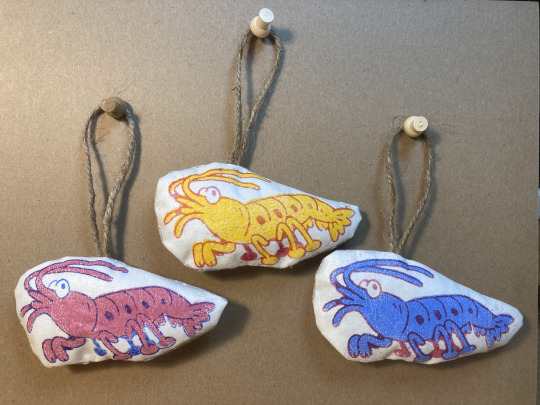
BANANA SLUG and SHRIMP ornaments are now in my shop! they are very cute please look at them
#art#slug#slugs#banana slug#gastropod#mollusk#shrimp#shrimps#cherry shrimp#crustacean#marine biology#ornament#christmas ornament#gel print#gelli print#gel plate
113 notes
·
View notes
Text
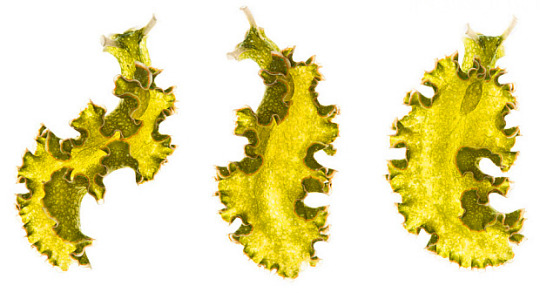
Lettuce sea slug (Elysia crispata)
Photo by Mac Stone
#lettuce sea slug#elysia crispata#elysia#sea slug#lettuce slug#gastropods#mollusks#slugs#sacoglossa#sacoglossum#marine animals#marine#marine life#green#green slugs#animals#wildlife#nature
191 notes
·
View notes
Text

Gasflame nudibranch
#gasflame nudibranch#wikipedia#wikipedia pictures#nature#animals#wikimedia commons#Bonisa nakaza#b. nakaza#heterobranchia#euthyneura#nudipleura#nudibranchia#dexiarchia#cladobranchia#nudibranch#Proctonotidae#sea slug#mollusk#gastropods#gastropoda#marine animals#sea animals#ocean animals#ocean aesthetic#oceancore#marine aesthetic#sea creatures#ocean creatures#marine creatures#marine biology
104 notes
·
View notes
Photo

A Sarcoglossan sea slug in the genus Thuridilla, off the coast of Lord Howe Island, Australia
photograph by Bruce Deagle | Inaturalist
187 notes
·
View notes